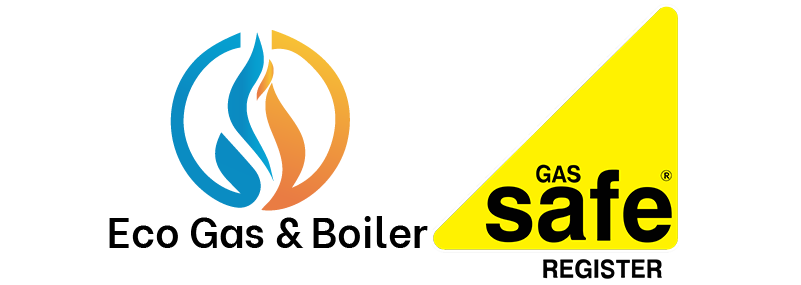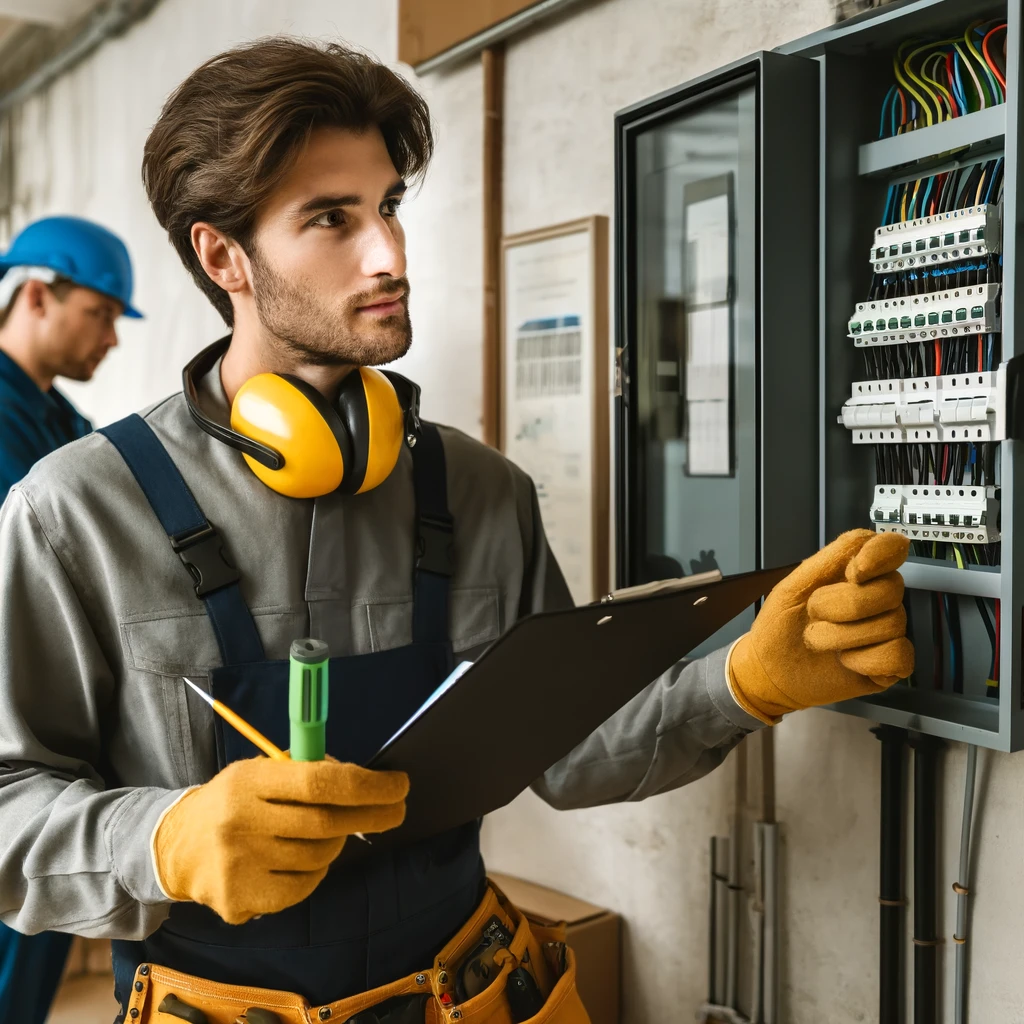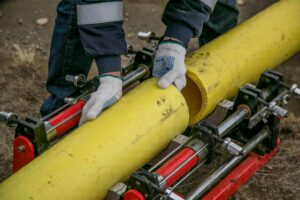Electrical Installation Condition Reports (EICR) are vital for ensuring the safety and compliance of electrical systems in residential and commercial properties. This comprehensive guide explores the importance of EICRs, what they entail, and how they contribute to electrical safety.
Understanding Electrical Installation Condition Reports (EICR)
An Electrical Installation Condition Report (EICR) is an official document that outlines the condition of an electrical installation. It is produced following a thorough assessment by a qualified electrician and serves to identify any deficiencies or safety issues.
Why EICRs are Important
EICRs are crucial for several reasons:
- Safety: They identify potential hazards that could lead to electrical fires, shocks, or other dangerous situations.
- Compliance: Ensuring your property meets legal safety standards and regulations.
- Insurance: Many insurance policies require a valid EICR to provide coverage.
- Property Value: A valid EICR can enhance the value and marketability of your property.
When is an EICR Required?
EICRs are typically required in the following situations:
- Rental Properties: Landlords must provide an EICR for new tenancies and periodically thereafter.
- Property Sales: Buyers often request an EICR to ensure the electrical safety of a property.
- Commercial Properties: Regular EICRs are required to comply with workplace safety regulations.
- After Major Electrical Work: Following significant electrical modifications or installations.
The EICR Process: What to Expect
Understanding the EICR process helps in preparing for the inspection. Here’s what to expect:
- Initial Inspection: A qualified electrician inspects the electrical installation for any visible issues.
- Detailed Testing: The electrician performs a series of tests on the electrical system to assess its condition.
- Report Preparation: The electrician documents the findings, noting any deficiencies or safety concerns.
- Recommendations: The report includes recommendations for remedial actions to address identified issues.
Common Issues Identified in EICRs
EICRs can reveal a range of issues that need attention:
- Faulty Wiring: Outdated or damaged wiring that poses a safety risk.
- Overloaded Circuits: Circuits carrying more current than they are designed to handle.
- Inadequate Earthing: Insufficient grounding of electrical systems.
- Non-compliant Installations: Installations that do not meet current safety standards.
The Importance of Remedial Actions
Addressing issues identified in an EICR is critical:
- Preventing Accidents: Remedial actions can prevent electrical fires, shocks, and other accidents.
- Ensuring Compliance: Ensures your property meets legal and safety requirements.
- Maintaining Insurance Coverage: Many insurers require proof of remedial actions following an EICR.
How to Choose a Qualified Electrician for an EICR
Selecting the right electrician for an EICR is crucial for accuracy and reliability:
- Check Qualifications: Ensure the electrician is certified and experienced in conducting EICRs.
- Read Reviews: Look for testimonials and reviews from previous clients.
- Get Multiple Quotes: Obtain quotes from several electricians to compare prices and services.
Understanding EICR Codes and Classifications
EICR reports use specific codes to classify issues:
- Code 1 (C1): Danger present, immediate remedial action required.
- Code 2 (C2): Potentially dangerous, urgent remedial action required.
- Code 3 (C3): Improvement recommended, but not immediately dangerous.
- Further Investigation (FI): Further investigation needed to determine the extent of the issue.
Regular EICRs for Ongoing Safety
Regular EICRs are essential for maintaining electrical safety:
- Periodic Inspections: Recommended every 5 years for residential properties and more frequently for commercial properties.
- Post-Event Inspections: After significant events such as floods, fires, or major renovations.
- Annual Reviews: For high-risk environments like industrial settings.
Legal Requirements for EICRs
Understanding legal requirements ensures compliance:
- Rental Properties: Landlords must comply with regulations requiring regular EICRs.
- Commercial Properties: Business owners must adhere to workplace safety regulations.
- Building Codes: Compliance with local building codes and safety standards.
Environmental Benefits of EICRs
EICRs also contribute to environmental sustainability:
- Energy Efficiency: Identifying and rectifying issues can improve the energy efficiency of electrical systems.
- Reduced Waste: Regular maintenance extends the lifespan of electrical components, reducing waste.
- Sustainable Practices: Encourages the adoption of sustainable and eco-friendly electrical solutions.
Future Trends in EICRs
The future of EICRs is evolving with technological advancements:
- Digital Reporting: Enhanced accuracy and accessibility with digital EICR reports.
- Smart Monitoring: Integration with smart home systems for continuous monitoring of electrical safety.
- AI and Automation: Use of AI and automation for more efficient and thorough inspections.
Conclusion: Ensuring Safety with EICRs
Electrical Installation Condition Reports are essential for ensuring the safety and compliance of electrical systems. Regular EICRs help identify potential hazards, ensure compliance with legal standards, and enhance the overall safety of your property.
Need an EICR for your property? Contact Eco Gas & Boilers today for professional Electrical Installation Condition Reports.







